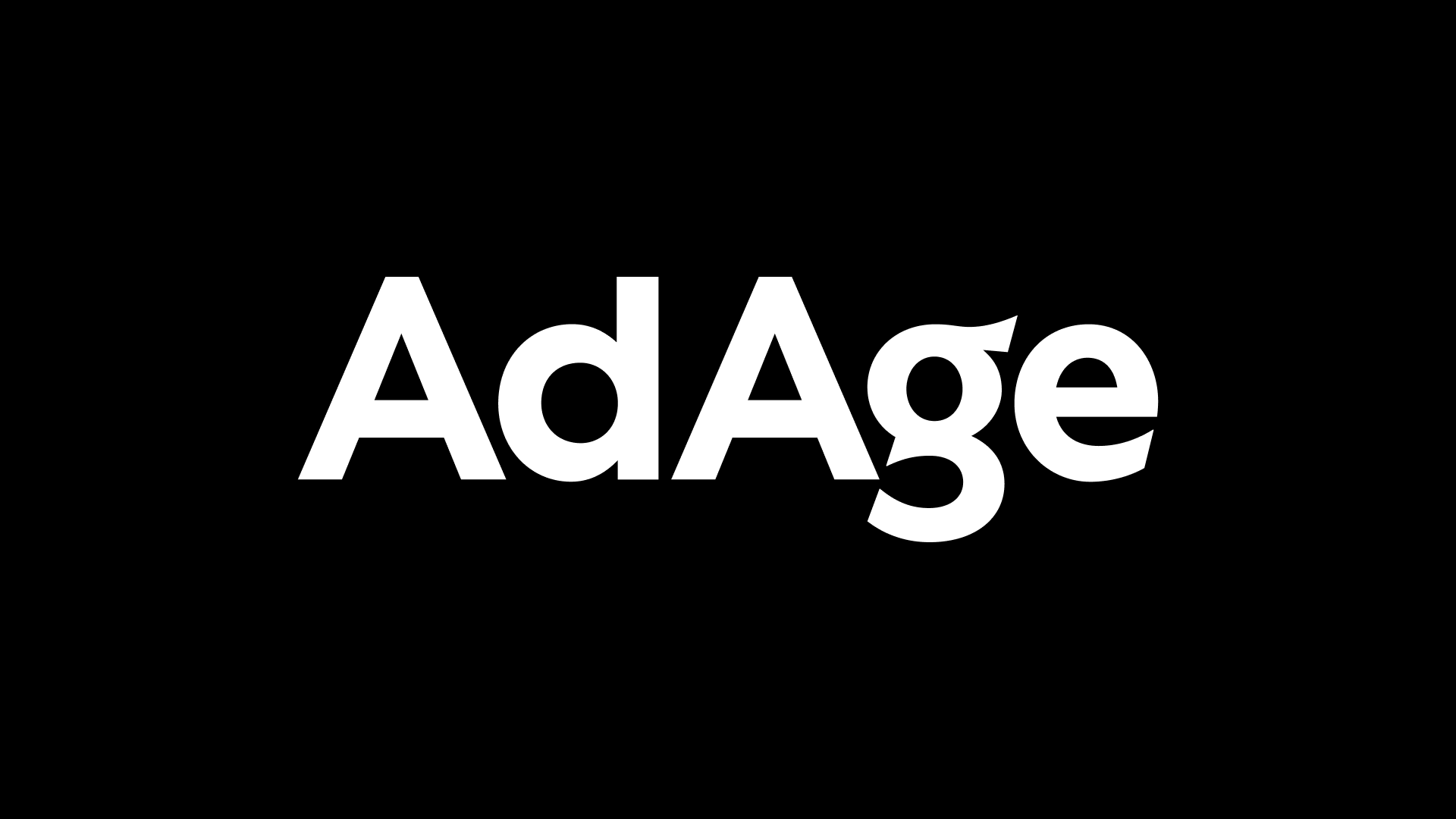In an effort to thwart the ever-increasing use of ad blocking software, the Interactive Advertising Bureau's tech lab has released a guide for publishers groping to respond.
Latest News
Staying current is easy with newsletters delivered straight to your inbox.
Staying current is easy with newsletters delivered straight to your inbox.



